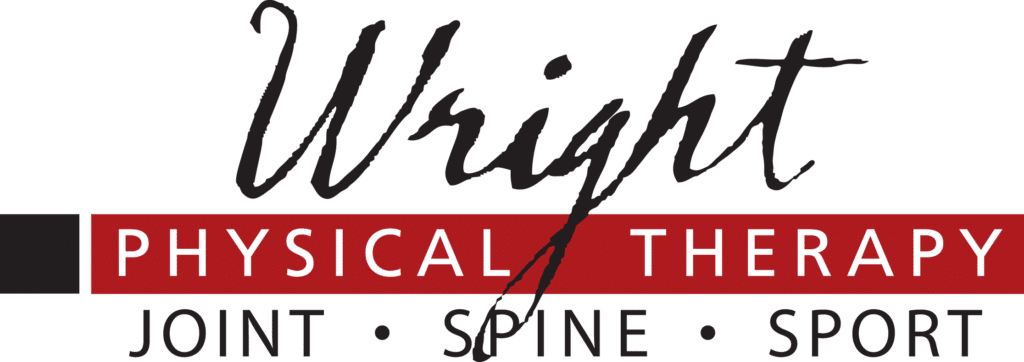MECHANICAL DIAGNOSIS AND THERAPY FOR THE CERVICAL SPINE
It is possible that the mysterious MDT acronym has crossed your path and not meant much to you. We hope it becomes more meaningful after this brief read. MDT is an acronym that represents “mechanical diagnosis and treatment”. It is often referred to in orthopedic physical medicine literature as the “McKenzie Method”. Whereas mechanical pathologies account for ~80% of orthopedic conditions, it is worth exploring in great detail. Examples of mechanical pathologies would include strained or sprained soft tissue, abnormal adaptive tightness, scar tissue, obstruction from herniated discs, ligamentous tears or the like.
Mechanical symptoms are differentiated from chemical symptoms. Chemical symptoms have been estimated to make up ~15% of orthopedic conditions. Chemically originated pathologies are associated with painful chemicals in tissue, especially with an accompanying inflammatory process.
Mechanical Diagnosis and Therapy (MDT) is an evidence-based assessment and management algorithm for patients with spinal and extremity problems. It has been shown to be a reliable assessment system to classify patients accurately into mechanical subgroups. Briefly, the Derangement Syndrome involves mechanical obstruction to movement within the joint. Dysfunction Syndrome involves pain caused by the mechanical loading of structurally impaired soft tissues and in Postural Syndrome pain develops from prolonged overloading of healthy tissue.
NECK PAIN AND HEADACHES
Cervical pain and headaches are common diagnoses affecting a plethora of people, with studies finding cervical pain to have a lifetime prevalence of 48% among adults, while the adult prevalence of headaches is 20-30%. These patients’ presentations are highly variable and are often accompanied by symptoms of radiculopathy into the upper extremities and scapular region. Due to the complexities of these patients’ symptoms, a one-size-fits-all approach is inadequate and ineffective if we are to restore patients to pain-free lives.
CERVICAL MECHANICAL EVALUATION AND TREATMENT
The cervical spine is unique in that it is divided into 2 distinct regions, the Upper Cervical Spine and Mid/Lower Cervical Spine. With this structure comes unique movement patterns of the joints and soft tissue surrounding the cervical spine. For example, if you were to lean in to take a closer look at a computer screen while seated, your lower cervical spine would flex while the upper cervical spine would extend. This bi-modal movement of the cervical spine causes incredible freedom of movement but also leads to abnormal strain on the joints, soft tissue, and nervous system that can aide in debilitating injury.
Mechanical evaluation and treatment of the upper and mid/lower cervical spine is necessary in order to identify the targeted joints that are stressed. Specifying if it is upper or lower cervical spine or both allows for 1) personalized treatments based on each patient’s unique symptoms and impairments and their response to treatment; 2) ensures the safety and comfort of patients, and 3) fosters patient independence and effective long-term self-management of symptoms. This system of diagnosis and patient management offers a reliable and practical approach that focuses on “what patients need” and not on “what therapists want to do”.
CENTRALIZATION, THE HOLY GRAIL OF MDT
Centralization describes the phenomenon where pain originating from the spine and referred distally into the arm, leg, or buttocks moves back to the proximal location (mid-line) of the spine in response to a specific directional movement. Recently, a patient of ours had bilateral shoulder pain. With mechanical evaluation of the cervical spine, it was determined that the true source of the pain was impingement on bilateral nerve roots at C6-C7 levels of the spine and was classified with derangement syndrome. Specific directional movement treatments for the patient ensued and the patient’s symptoms completely abolished in bilateral shoulders and
full ROM of the cervical spine was obtained in just a few visits. Symptoms centralizing based off specific movements are one of the main indicators in the research of predicting greater outcomes when compared to those whose symptoms do not centralize. Clearing cervical spine involvement in any upper extremity pain is considered best practice management and will lead to better patient outcomes and assist in finding the real cause of the symptoms.
COMFORT AND SAFETY PARAMOUNT TO THE PROCESS
Patient comfort and safety are essential to any effective treatment strategy. Mechanical therapy accomplishes this through the principle of “Force Progressions” – applying the least amount of force necessary to abolish symptoms and restore function. Because clinician-generated forces of mobilization and manipulation are reserved for instances when patient-generated forces are inadequate, patients are less likely to be exposed to unnecessary risk and are less likely to become dependent upon frequent “re-adjustments” helping to maintain their long-term independence.
PATIENT EDUCATION
An invaluable component of a mechanically-based treatment approach is the patient education that takes place during each treatment. Like many conditions that affect patients, cervical spine pain and headaches have a tendency to reoccur down the road, even after successful treatment. Through the education and home exercise training that takes place over the course of mechanical evaluation and treatment, patients are empowered with the knowledge and understanding of how to effectively manage and assess their unique symptoms, even after discharge.
SUMMARY
When patients are assessed by a MDT trained therapist, the likelihood that a beneficial outcome will be established is exponentially higher than if standard conventional therapy methods are used alone. At Wright Physical Therapy, all of our doctors of physical therapy are actively working toward MDT certification or are certified through stringent testing over years of training. This mechanical diagnosis and therapy algorithm is powerful in classifying patients into a customized, skilled plan of care to progress them to the best outcomes possible. Call one of our clinics today to get to the root of pain.

